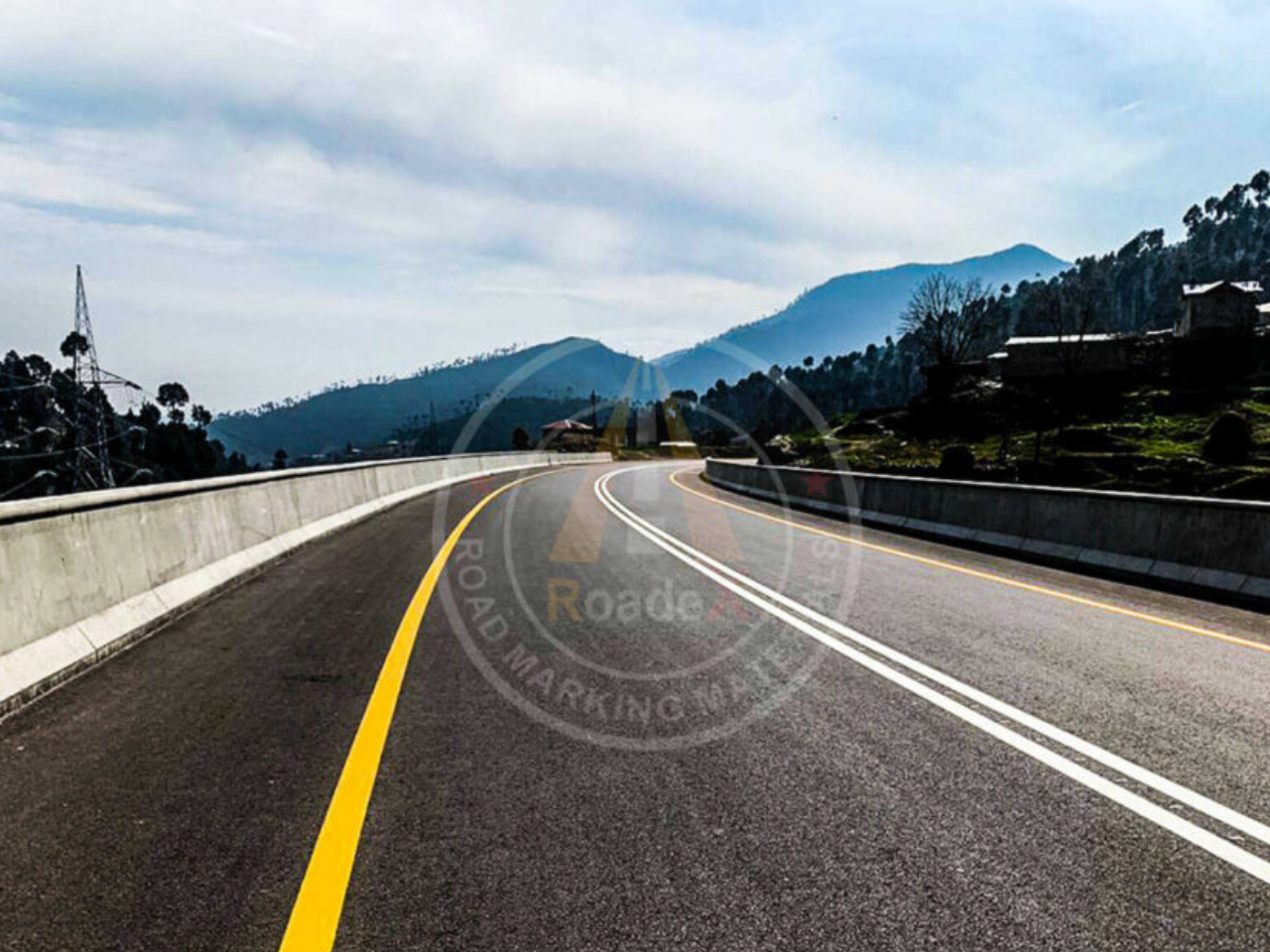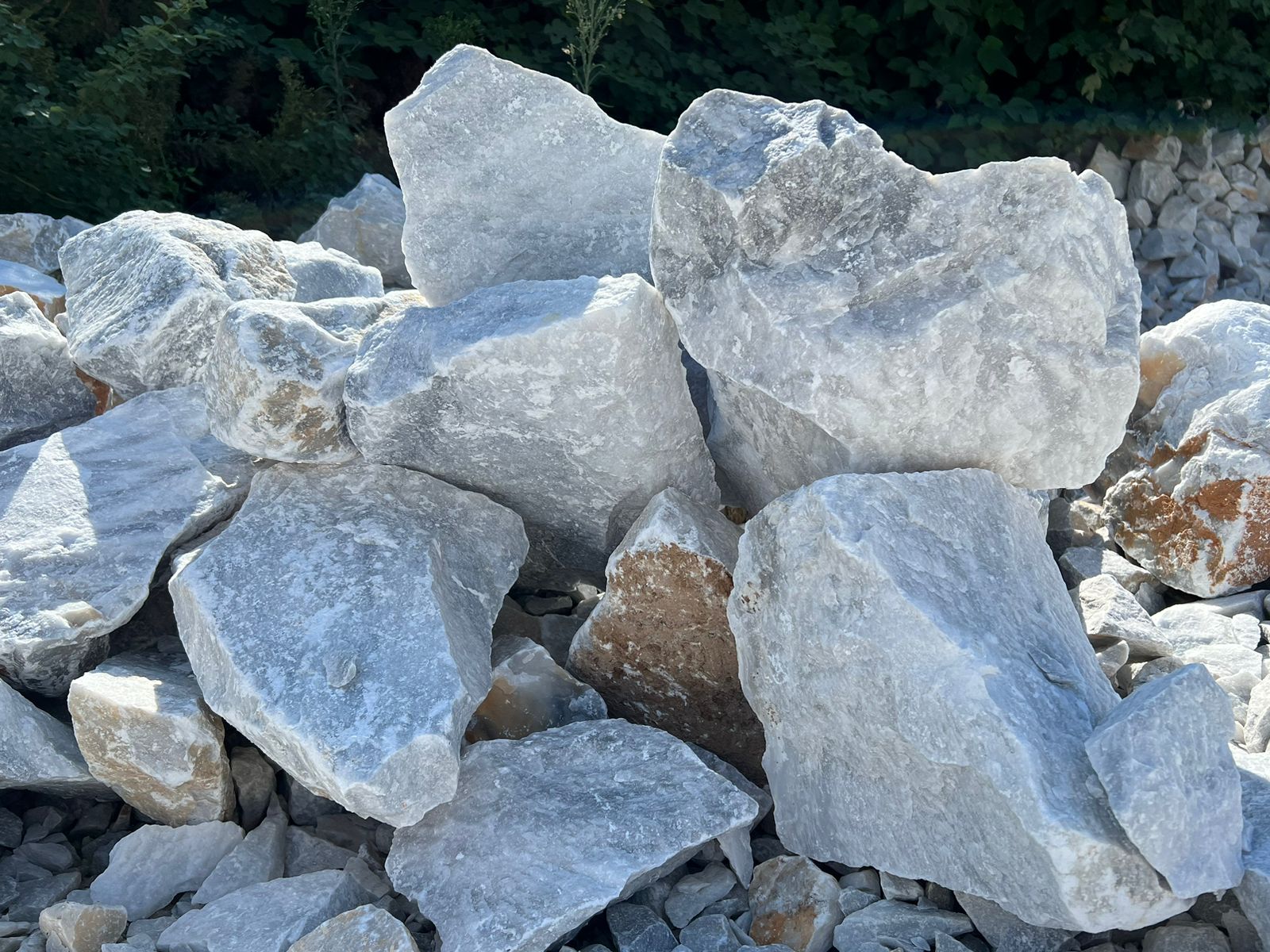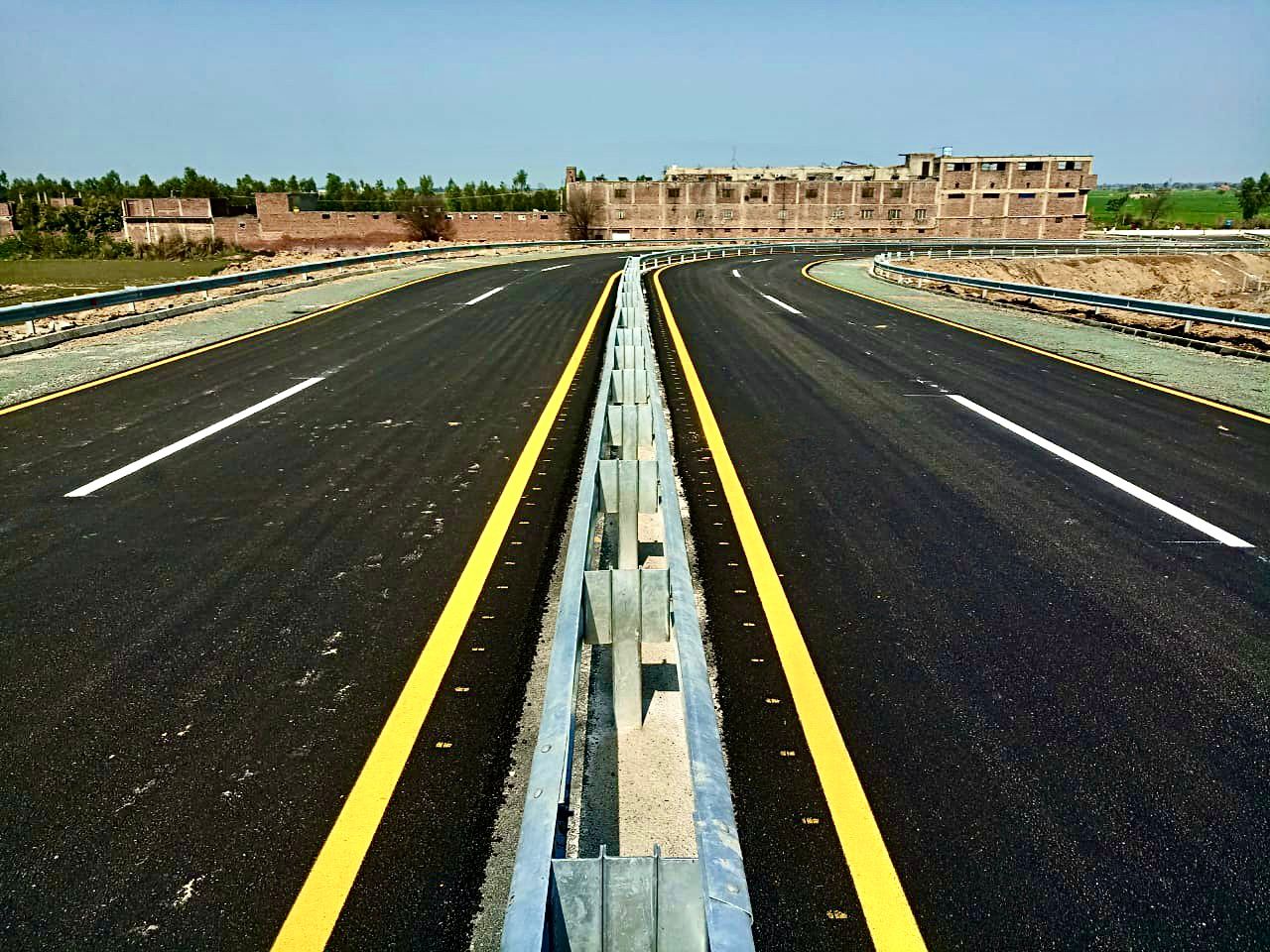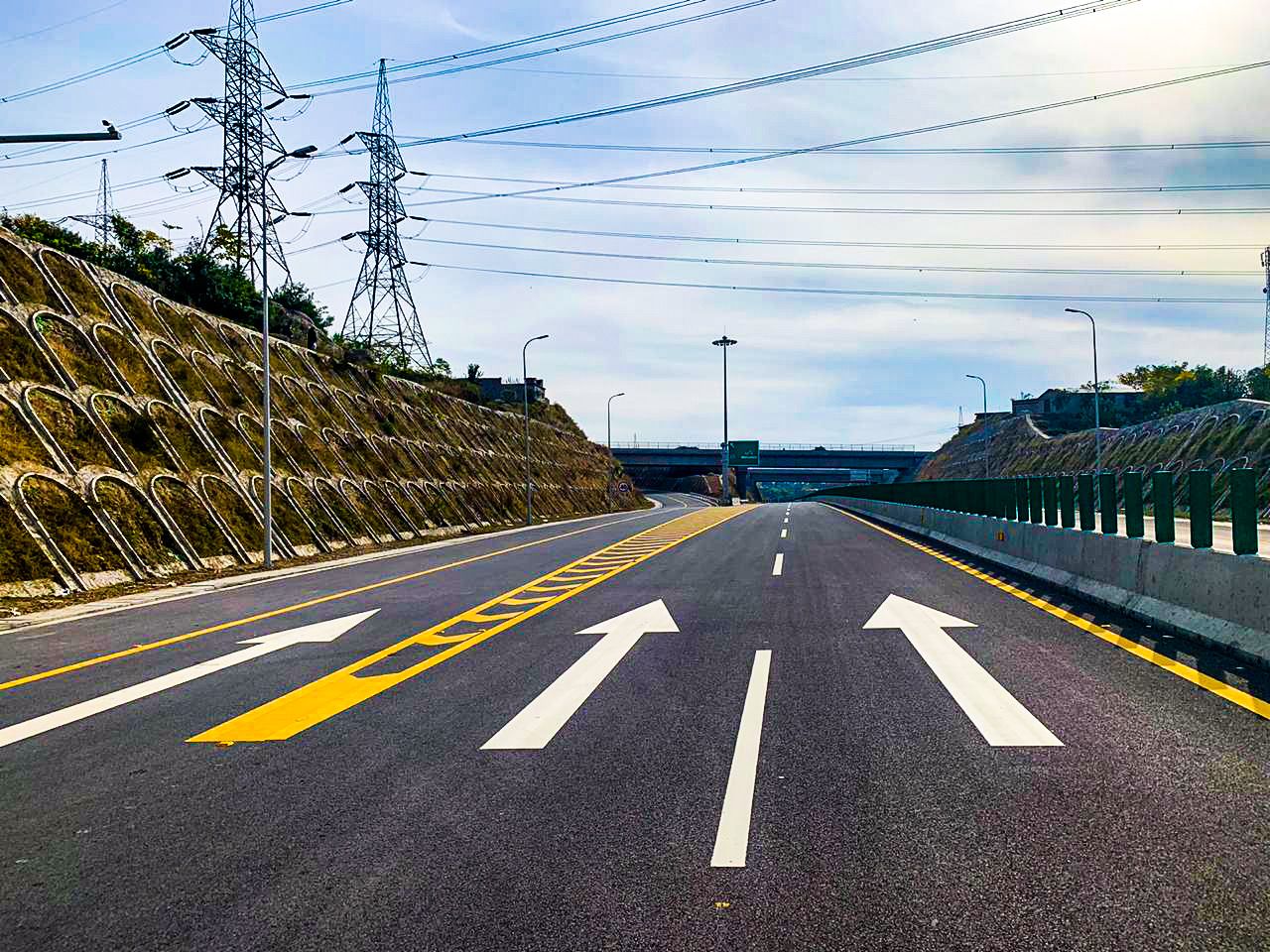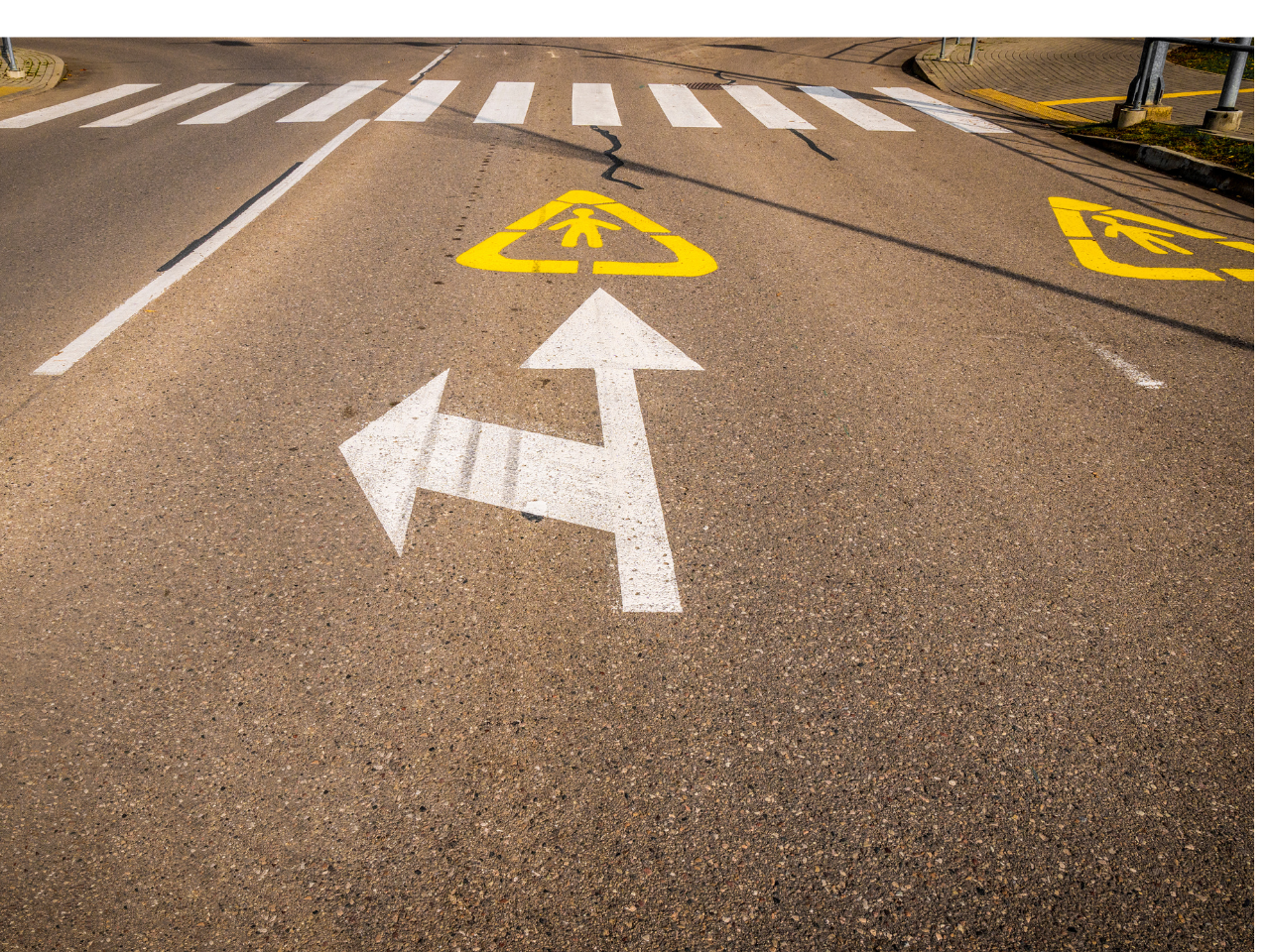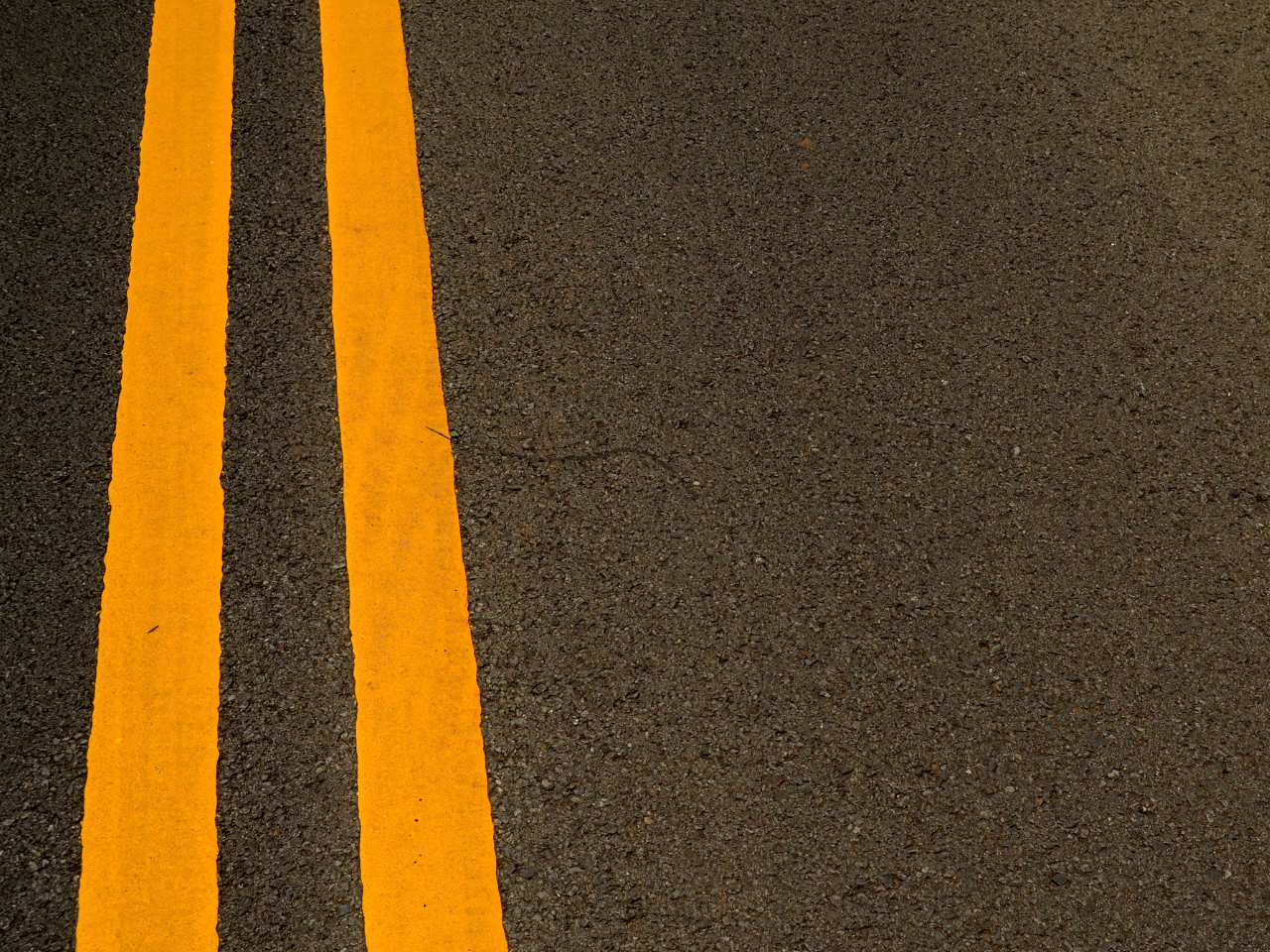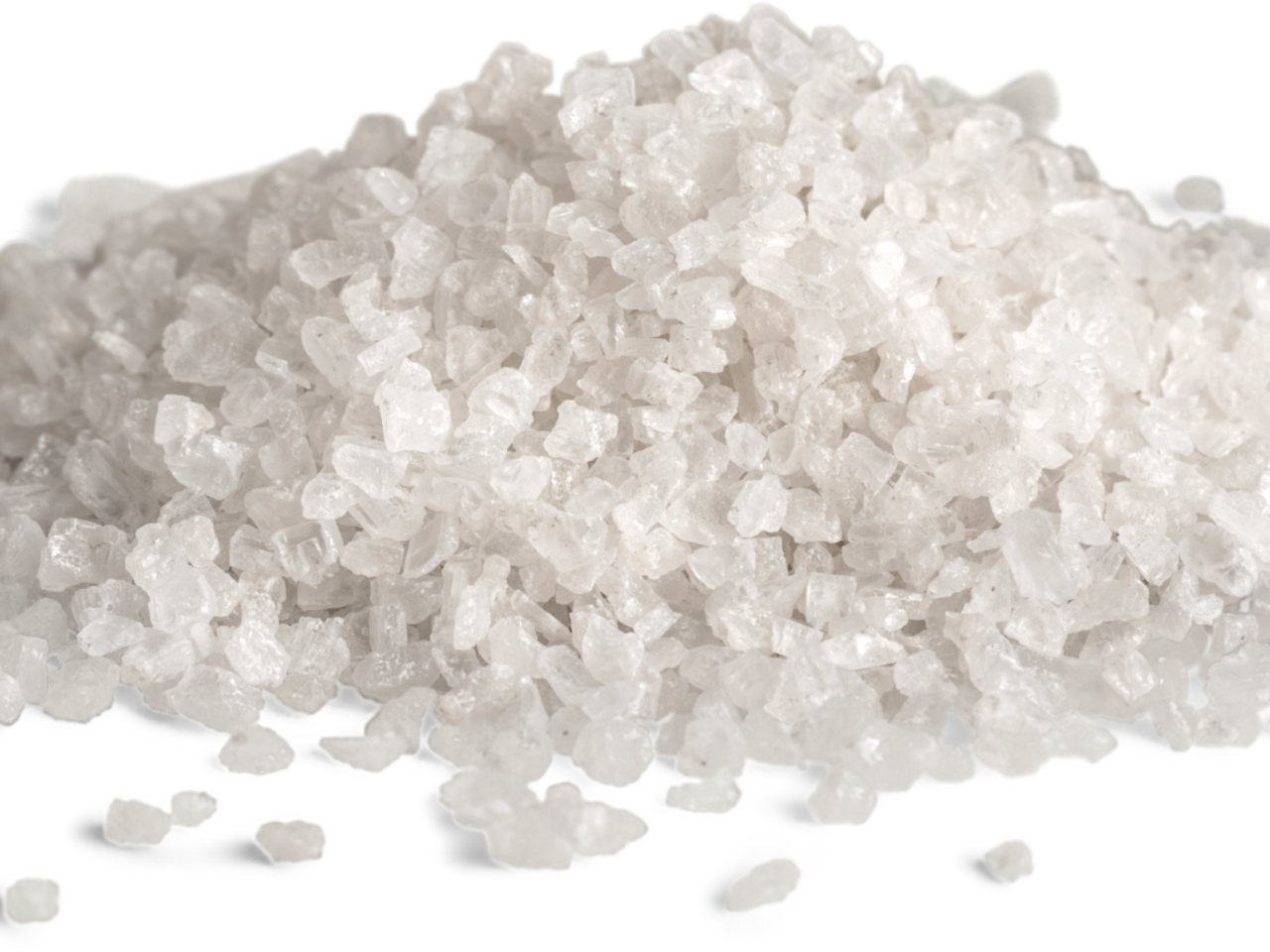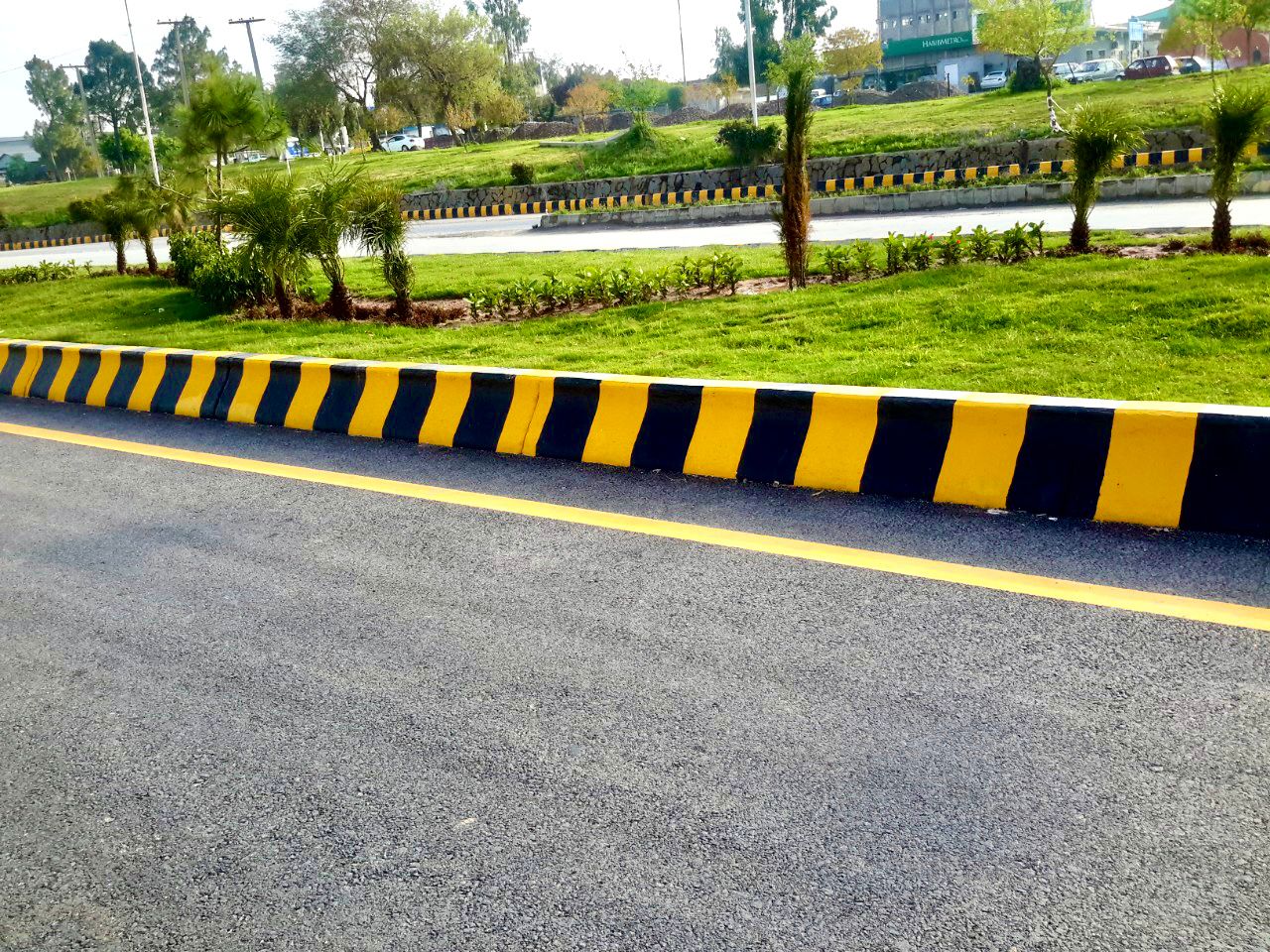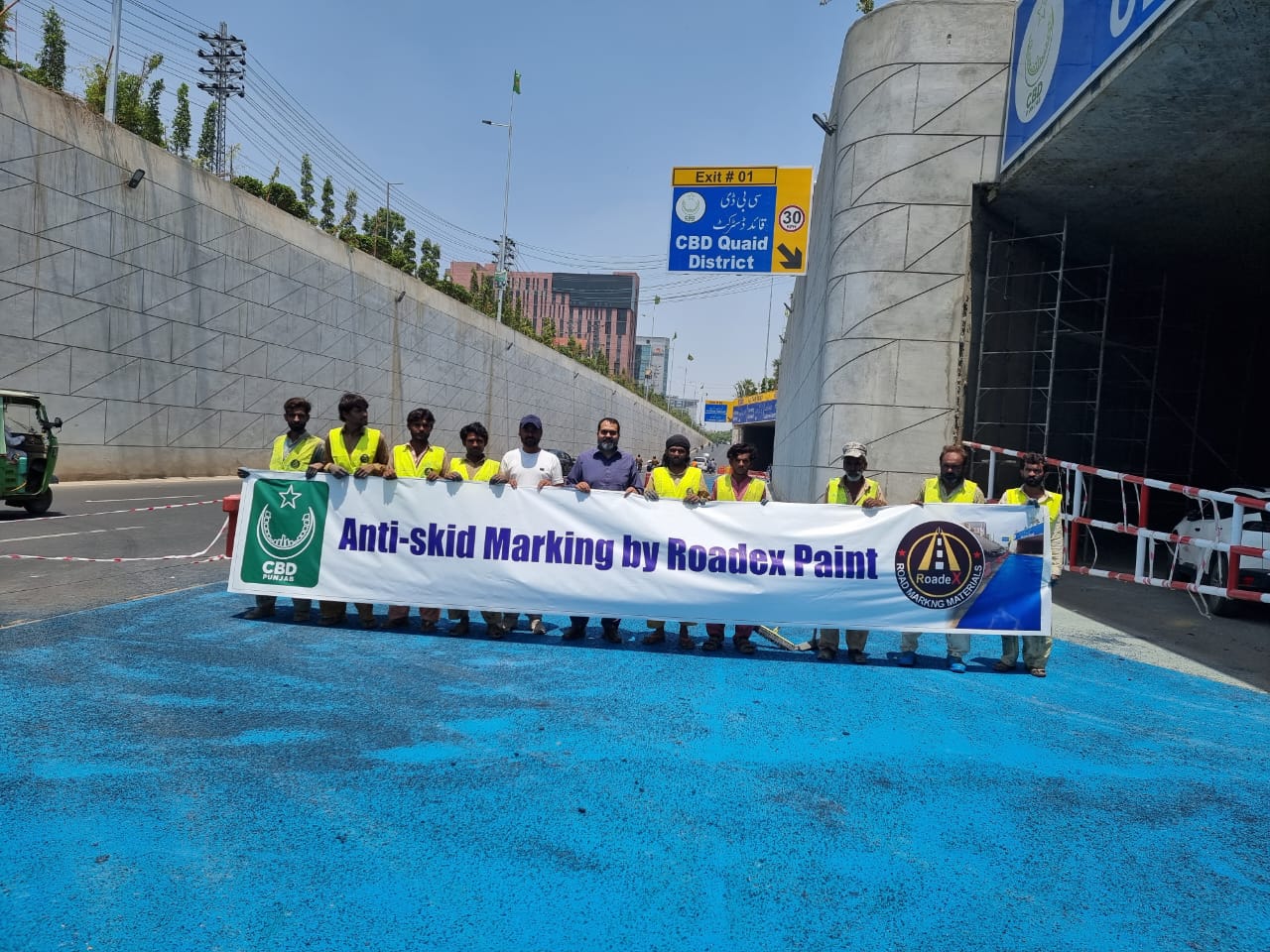What is Raised Marking?
Raised marking is tactile or physical feature incorporated into surfaces to provide guidance or information to individuals. This type of marking are particularly for those with visual impairments as these can be detected by their feet or cane.
Raised markings are designed to be felt through touch. It aids in navigation and orientation in various environments such as pedestrian walkways, public transit stations, or buildings.
These markings are often in the form of distinct patterns, textures, or raised lines. Raised markings serve as warning indicators, directional cues, or boundary delineations.
For example, tactile paving in the form of raised dots or bars at train platforms indicates the safe waiting area or the platform’s edge.
These markings play a crucial role in creating accessible and inclusive environments, allowing individuals with visual impairments to navigate more confidently and safely by relying on tactile cues rather than solely visual information.



Raise Profile Line Marking - A Tactile Raised Marking Used on Roads
While driving down the road, did you ever felt a subtle vibration as your tires roll over a distinct painted line? That is the essence of raised profile line marking a type of raised marking technique used on the road. It is also known as rumble strips.
This tactile raised road marking is designed to offer both auditory and physical feedback to drivers. These markings consist of painted lines, typically in white or yellow, embedded with raised elements.
Functionality and Purpose of Raised Road Marking Technique
Raised Marking on the roads is done for several purposes like, some of them are mentioned below:
Enhancing Safety
These markings are strategically placed to serve as a safety mechanism. Positioned on the left lane, they alert drivers if they are veering off course. This is especially crucial where the verge might be soft or absent.
When placed on center lanes, they prevent unintentional lane changes into oncoming traffic, reinforcing safe driving practices.
Alerting Mechanism
Beyond serving as a preventative measure, raised profile line markings act as an alarm for drowsy or distracted drivers. The noise and vibration created when a vehicle crosses these markings jolt drivers back to attention, potentially preventing accidents.
Visibility Enhancement
During adverse weather conditions like fog or at night when visibility is reduced, these tactile markers offer a tangible guide. They provide drivers with auditory and tactile cues, compensating for diminished visibility of standard road markings.
Benefits and Considerations
These raised road markings are known for several benefits.
Longevity and Cost-Efficiency
Unlike standard road markings that wear off swiftly due to regular vehicle passage, raised profile line markings have a longer lifespan. Their capacity to irritate drivers means they are less traversed, resulting in lower maintenance costs.
Improved Visibility
In wet conditions during nighttime, these markings offer enhanced visibility of the road, contributing to safer driving experiences.
Installation Process
Applied using specialized machinery, these markings are created by simultaneously marking the base line and applying raised elements. The process involves using thermoplastic to create transverse ribs, followed by a surface application of solid glass beads for enhanced visibility. Remarkably, these markings dry swiftly within minutes under optimal weather conditions.
Functions and Features of Raised Road Marking
Raised vibration markings, standing 5-7mm tall, encompassing both the base and the raised section, serve various critical functions and possess distinct features:
Deceleration Alert: These markings act as warnings, prompting drivers to reduce speed, especially in hazardous road areas like sharp turns.
Anti-Skid Assurance: Their design helps in averting skidding on curved sections, ensuring consistent road surface friction, particularly effective on rainy days.
Vibration-based Alerts: They act as an early warning system. When drivers become fatigued, their vehicles encounter these markings, triggering vibrations and noise. This tactile and auditory feedback serves as a proactive safety measure, alerting the driver before the vehicle leaves the road. The car’s shaking and the accompanying whistling sound prompt the driver to awaken and make corrective adjustments, averting potential accidents. Hence, vibration markings are instrumental in proactively safeguarding road users.
How is Raised Marking Done?
Raised Marking often referred with different names like convex marking, vibration marking, raised profile line marking and others demands precise equipment and techniques for proper installation.
Here’s a step-by-step technique to help you know how it is done!
Surface Preparation: The surface earmarked for marking must undergo thorough cleaning to ensure it’s dry and devoid of debris. Existing markings or paint need complete removal before initiating the installation.
Equipment Setup: A specialized apparatus known as a thermoplastic road marking machine is set up. It requires meticulous calibration as per the manufacturer’s guidelines before operation.
Material Application: The thermoplastic paint material is heated in the equipment and administered onto the road surface utilizing the road marking machine. The machine’s methodical application crafts the raised, convex shape of the marking.
Cooling Period: Post-application, allow the marking material to cool and solidify adequately before permitting traffic passage. The duration of cooling hinges on the specific material and prevailing environmental conditions.
Quality Inspection: Once cooled, a comprehensive inspection of the marking is conducted to verify compliance with stipulated specifications and standards. Any imperfections or concerns necessitate immediate rectification before active usage.
These raised marking techniques demand specialized skills and equipment. Moreover, it mandates strict adherence to safety and quality norms to ensure durability and efficacy.
Raised profile line marking stands as a tactile and auditory aid, enhancing road safety for all travelers. Its installation demands precision and specialized equipment, ensuring durable and effective guidance.
For professional assistance in installing these vital road markings, consider reaching out to TotalSystemSolution. Engaging a proficient company well-versed in such marking installation is recommended for optimal and lasting outcomes.
So, explore TotalSystemSolution for expert installation and maintenance of raised profile line markings, ensuring safer roads for everyone’s journey.

